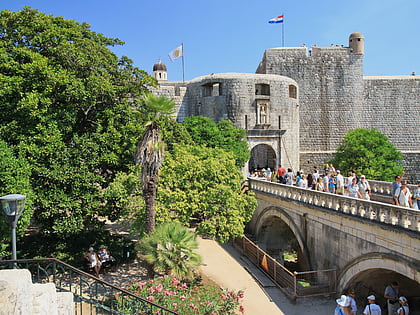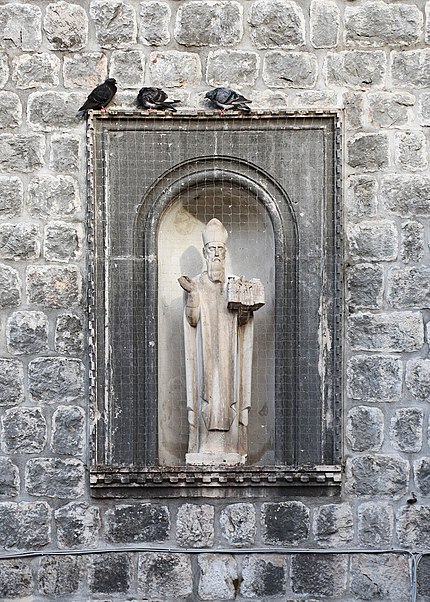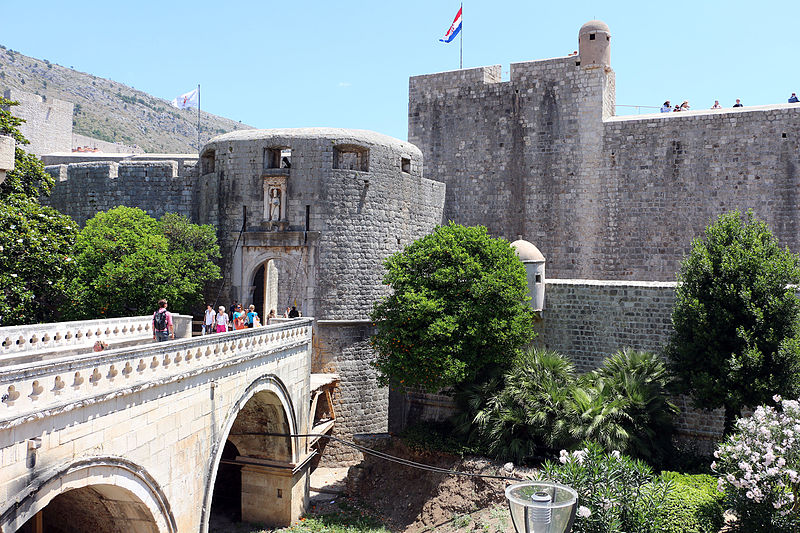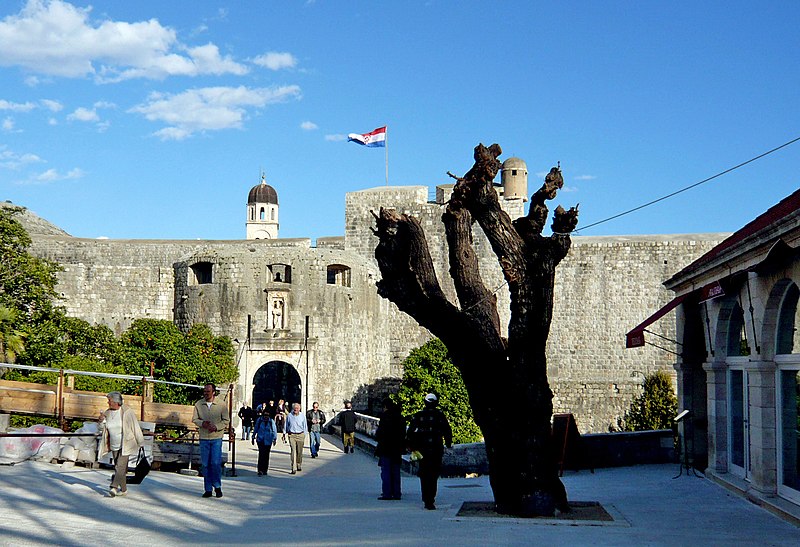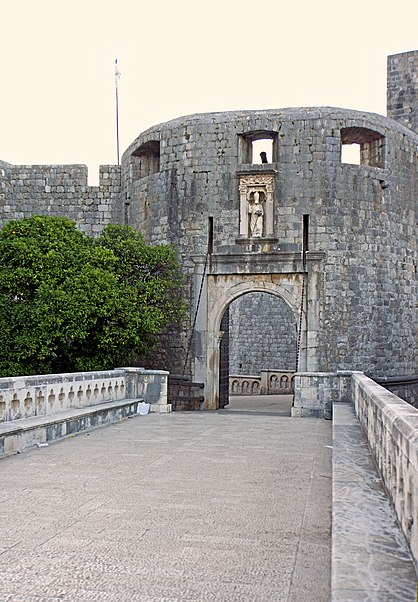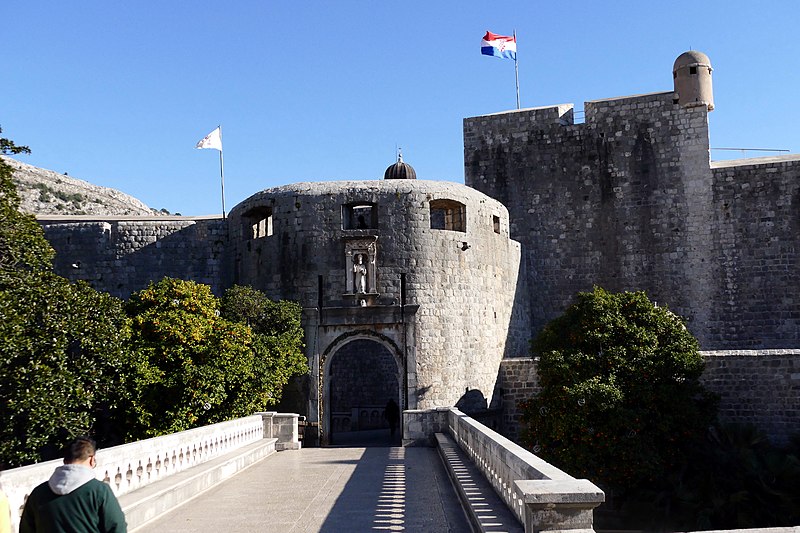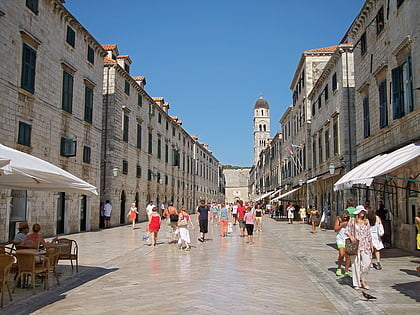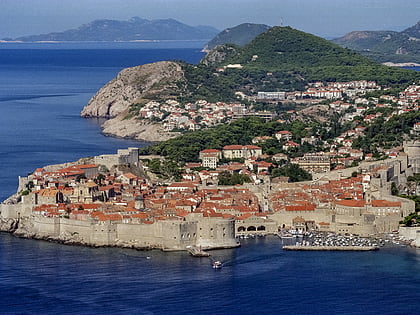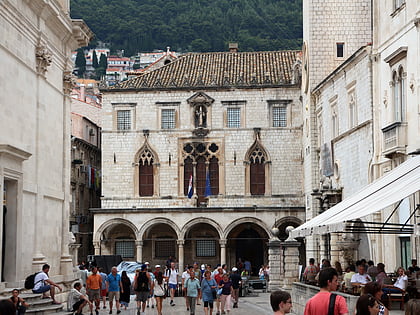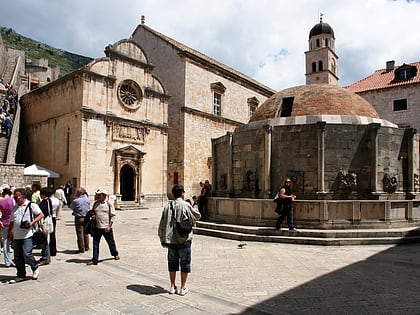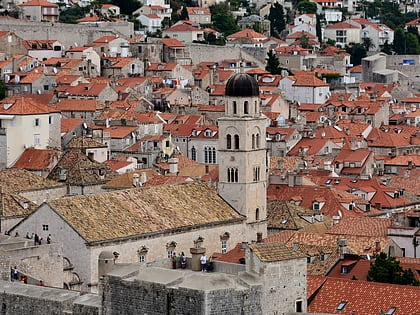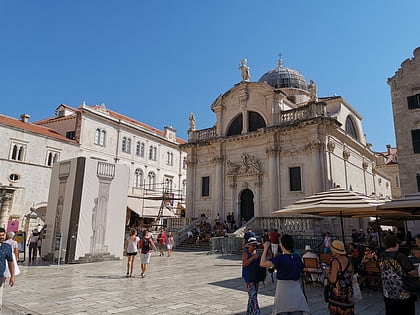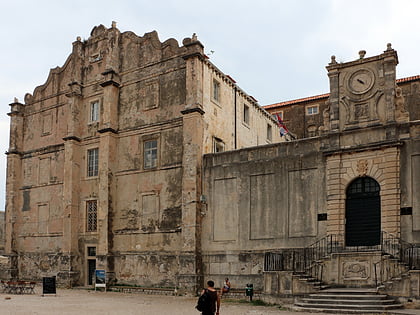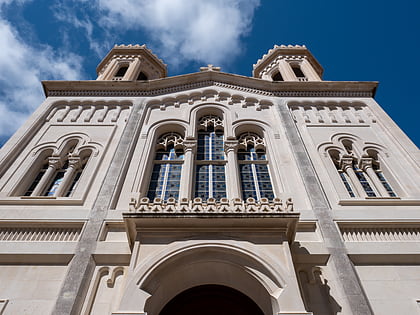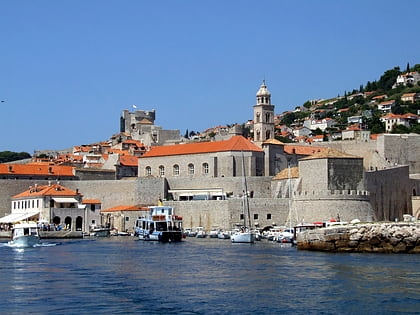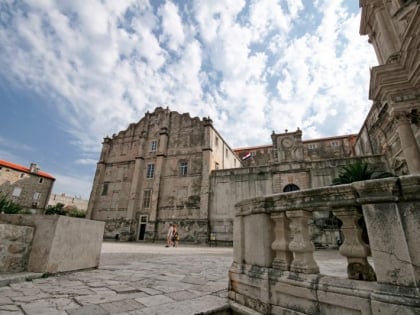Pile Gate, Dubrovnik
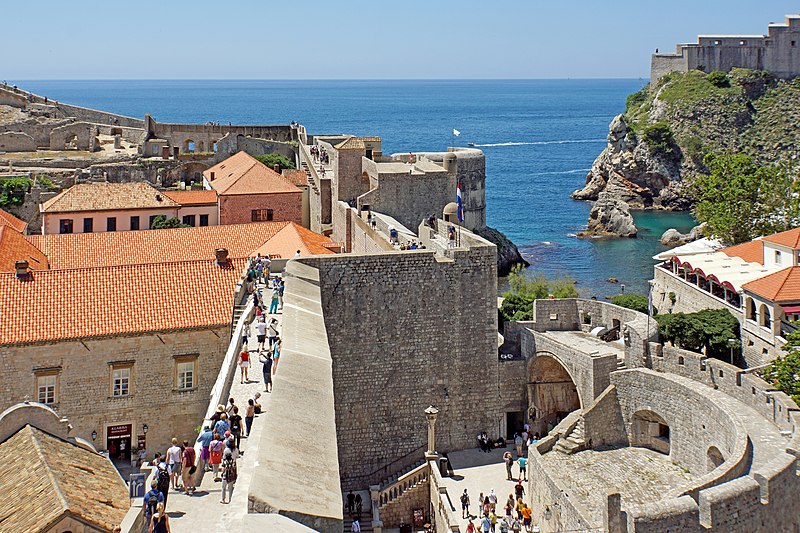
Facts and practical information
Gate Piła - the city gate in the western frontage of the city walls of Dubrovnik, between the towers of Puncjel and Minčet. She led to the suburbs of Piła and served most of the land traffic. Passing through the walls in the place of the Piła gate was the oldest of the existing - it has been functioning since the establishment of the city, initially as the only access from outside, because it was at the point where the Laus island housing the oldest part of Dubrovnik was in contact with the permanent land.
The Pile Gate consists of an outer and internal gate. Above the inner gate stood the Piła tower, certified in 972. The first mention of the inner gate comes from the 13th century. Today's internal gate was built in 1460 in the Gothic style, modeled on the Peskarija gate on the opposite side of the city. In 1818, the Austrians dismantled the Piła tower. In the recess above the outer gate stands a statue of Saint Błażej a chisel of the famous 20th century Croatian sculptor Ivan Meštrovic.
The outer gate, going directly to the moat, was erected in 1537 in the Renaissance style. In 1397, a steady stone bridge with one span was moved above the moat. When widening the moat in 1471, this bridge was demolished and replaced with a stone bridge with three spans of the Paskoje Miličevici project. In 1533-37, the span in front of the gate was replaced with a wooden drawbridge.
Brsalje bbGradDubrovnik 20000
Pile Gate – popular in the area (distance from the attraction)
Nearby attractions include: Stradun Street, Walls of Dubrovnik, Sponza Palace, St. Saviour Church.
Frequently Asked Questions (FAQ)
Which popular attractions are close to Pile Gate?
How to get to Pile Gate by public transport?
Bus
- Pile • Lines: 1B, 2, 3, 4, 5, 6, 7, 8, 9 (3 min walk)
- Krešimira 1 • Lines: 5, 8 (7 min walk)
Ferry
- Dubrovnik (40 min walk)
